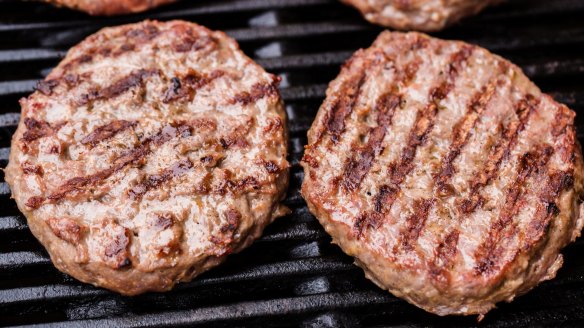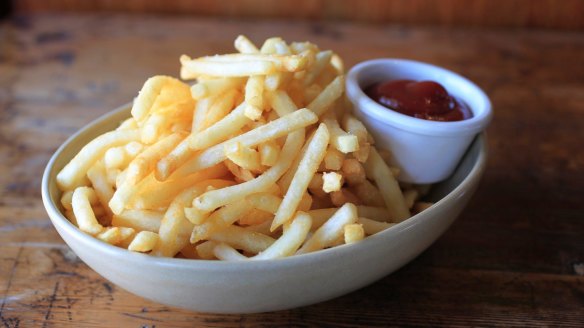How to grill perfect smash burgers

I love to press down hard when I cook burgers on the grill. My brother-in-law told me I am drying out the meat. W. Robinson
When I was growing up there was an advertisement for the K-Tel Patty Stacker, a device that pressed raw mince into convenient flat, even patty shapes. The tagline for the ad was, "Your hands need never to touch the meat." Wow! It was like the future had arrived on our TV.
I think you should carefully consider whether you need to touch the meat. When you press down anytime after the first 30 seconds of cooking you are breaking open the bound-up mesh of protein and moisture that has just started forming as the burger cooks. All that liquid sizzling on the barbecue could be juice in your mouth. You can lose as much as 20 per cent weight of moisture if you smash your burger after the initial searing process. If you're going to smash your burgers, do it as soon as they hit the grill.

What should I do with the oil I deep fry in between deep-frying sessions? N. Brocklesby
I used to live in a boarding house in Edinburgh. When I say boarding house it was more of a re-tox centre where men would go out first thing of a morning and return mid-afternoon as full as a Catholic school hat rack. They would recount how much they had had to drink to each other to make sure they were not overdoing it at the bar. But the accommodation was cheap. Each lodger had his own frying pan filled with fat in which he fried his sausages and chips. The fat rendered from the sausages at a similar rate as it was being absorbed by the frying potatoes. The lodgers stored their pans of fat in a special cupboard, protected by pages from the previous week's Sunday Post, apparently to keep out flies they referred to as "butter moths". You could do a little better by straining your cooking oil through a fine mesh strainer after each use and pouring it back into the container it came from, then storing in a cool dark place.
What is the difference between French and Russian tarragon? P. Glover

French tarragon (Artemisia dracunculus) is light, sweet and ethereal with a hit of aniseed and citrus. Its lankier, more robust cousin is Russian tarragon (Artemisia dracunculoides). Chefs prefer French tarragon for its more delicate and complex aroma. Unfortunately, a lot of tarragon we see in the supermarkets is Russian tarragon. You can tell the difference by sneaking a taste. Russian tarragon is a little bitter while French tarragon is aromatic.
Send your vexing culinary conundrums to brainfood@richardcornish.com.au or tweet to @Realbrainfood.
Brain Food by Richard Cornish is out now from MUP (RRP $19.99, eBook $11.99).
Appears in these collections
- More:
- Food
- Brain food
